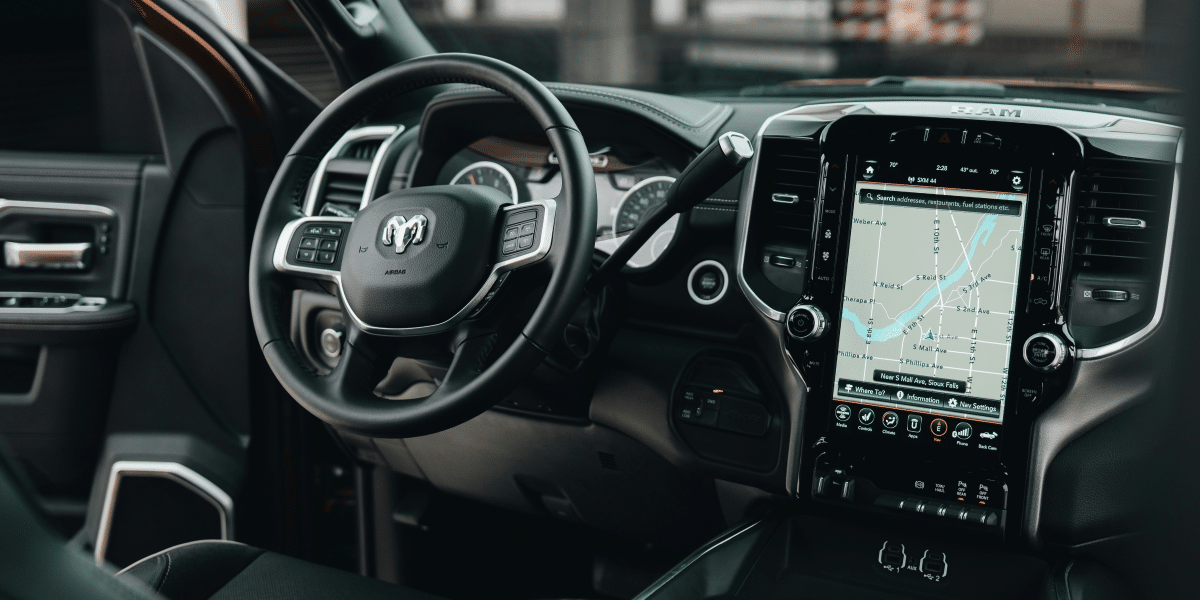Over the past few decades, Pakistan’s restaurant scene has undergone a significant transformation. What once consisted largely of modest roadside eateries and traditional dhabas has blossomed into a varied gastronomic landscape, blending the country’s rich culinary heritage with global influences. Today, from the bustling streets of Karachi to the cultural heart of Lahore, dining out in Pakistan has become a social activity and a refined experience for those in urban centers. This shift reflects these areas’ growing sophistication and consumers’ changing tastes.
Historically, the dining culture in Pakistan was predominantly shaped by family-oriented meals at home or local eateries that specialized in specific regional dishes. The advent of a more diverse restaurant culture can be traced back to the economic liberalization and urbanization that began in the late 1990s and accelerated in the 2000s. The burgeoning middle class, greater disposable incomes, and exposure to international trends through media and travel have all played crucial roles in reshaping how Pakistanis view dining out. Today, Pakistan’s restaurant industry illustrates the country’s broader social and economic shifts, mirroring an increasing demand for variety, quality, and dining experiences beyond mere sustenance.
One of the notable features of the current restaurant culture in Pakistan is the diversity of cuisine available to diners. The traditional flavors of South Asian cooking remain at the heart of many restaurants, but these are now complemented by global influences, catering to an increasingly cosmopolitan urban population. In major cities like Lahore, Karachi, and Islamabad, there is a mix of local restaurants serving regional specialties—from the rich, spicy dishes of Punjab to the milder, aromatic offerings from the north. The rising popularity of international cuisines such as Italian, Chinese, and Mediterranean has also encouraged local chefs to innovate, often fusing traditional Pakistani ingredients with global cooking techniques.
For example, Karachi, a sprawling metropolis and the commercial hub of the country, has seen a surge in fine dining establishments offering Western dishes prepared with a local twist. Restaurants in upscale neighborhoods like Clifton and DHA now serve gourmet burgers, steaks, and pastas, often with Pakistani spices incorporated into the recipes. The same is true in Lahore, where the city’s love for food is evident in its ever-expanding list of eateries. Lahore has long been known for its street food culture, but in recent years, it has also embraced various dining concepts, with restaurants offering continental and fusion cuisines alongside the classic tandoori and karahi dishes that the city is famous for.
Perhaps a significant change in Pakistan’s dining scene has been the rise of luxury and fine-dining establishments. These high-end restaurants are characterized not just by their elevated menus but also by an emphasis on ambiance, service, and overall experience. In cities like Islamabad, with a considerable expatriate population and a thriving diplomatic community, some restaurants have adopted international service standards. These venues, often located in five-star hotels or exclusive standalone buildings, offer everything from haute cuisine to extensive wine lists and artfully crafted cocktails. The fine-dining sector is growing steadily, attracting urban consumers from the upper-middle class keen on indulging in luxurious dining experiences.
In addition to this upscale dining, the café culture has taken off in urban centers. Inspired by global trends, particularly from countries like Turkey, Lebanon, and the Middle East, cafes have become spaces for socializing, working, and eating light meals. These cafés, often serving a mix of Middle Eastern, Mediterranean, and continental foods, are part of the larger shift toward a casual dining environment popular in major cities, where quality coffee and fresh, health-conscious menus are the norm. In cities like Karachi, Lahore, and even smaller towns like Multan and Faisalabad, cafes are not just places to grab a meal but are an integral part of social life.
Street food, which has long been a staple of Pakistan’s food scene, continues to thrive despite the rise of formal dining establishments. In fact, the street food culture in Pakistan has enjoyed a renaissance of sorts in recent years, as younger generations rediscover and celebrate the traditional snacks and fast foods that are iconic to their cities. Karachi’s Chai Wala joints, Lahore’s Anarkali street food stalls, and Islamabad’s Food Street offer local delicacies such as bun kababs, samosas, and golgappas alongside international offerings. The diversity of street food reflects a democratization of culinary experiences, where gourmet or traditional fare is no longer confined to expensive restaurants but is available to people from all walks of life.
Pakistan’s evolving restaurant industry has also been shaped by advances in technology, particularly in delivery and digital services. Online food delivery platforms like Food Panda have seen a dramatic rise in usage, especially in major urban centers. These services have made dining out more accessible by allowing customers to enjoy restaurant-quality meals from the comfort of their homes. In response, many local and international restaurant chains have optimized their operations to accommodate the demand for delivery, offering curated menus, faster preparation times, and efficient delivery networks. This digital shift has become particularly significant during the COVID-19 pandemic, when lockdowns and social distancing measures increased demand for home deliveries and takeout services.
Alongside these technological advancements, the rise of food festivals, pop-up events, and food markets has added an element of excitement to Pakistan’s restaurant scene. Events such as the Karachi Food Festival or Lahore’s Food Street gatherings bring together a wide array of restaurants, food trucks, and local vendors, offering food lovers the chance to sample a variety of cuisines in one place. These festivals, which have become an annual fixture in major cities, illustrate a cultural shift where food is not just about sustenance but an avenue for exploration, expression, and entertainment.
However, the restaurant industry in Pakistan is not without its challenges. One of the primary issues is the increasing cost of raw materials, which has led to rising food prices in many establishments. Inflation and economic instability have put pressure on restaurant owners, especially smaller ones, to maintain profit margins while offering affordable options to customers. Additionally, the country’s infrastructure issues—ranging from traffic congestion to inconsistent supply chains—can affect the smooth operation of restaurants, particularly those that rely on the timely delivery of fresh ingredients.
Despite these hurdles, the future of the restaurant industry in Pakistan looks promising. As more international food chains open outlets in the country and local chefs continue to innovate, the dining scene is poised for further diversification. The demand for quality food experiences—whether in luxury hotels, casual cafes, or food trucks—is likely to continue to grow, driven by an expanding middle class and changing social dynamics. As dining out becomes increasingly integrated into the cultural fabric of Pakistani society, the restaurant industry will continue to serve as both a reflection of and a catalyst for broader societal shifts, offering not just meals but insight into Pakistan’s evolving tastes, preferences, and aspirations.
Published by: Khy Talara












